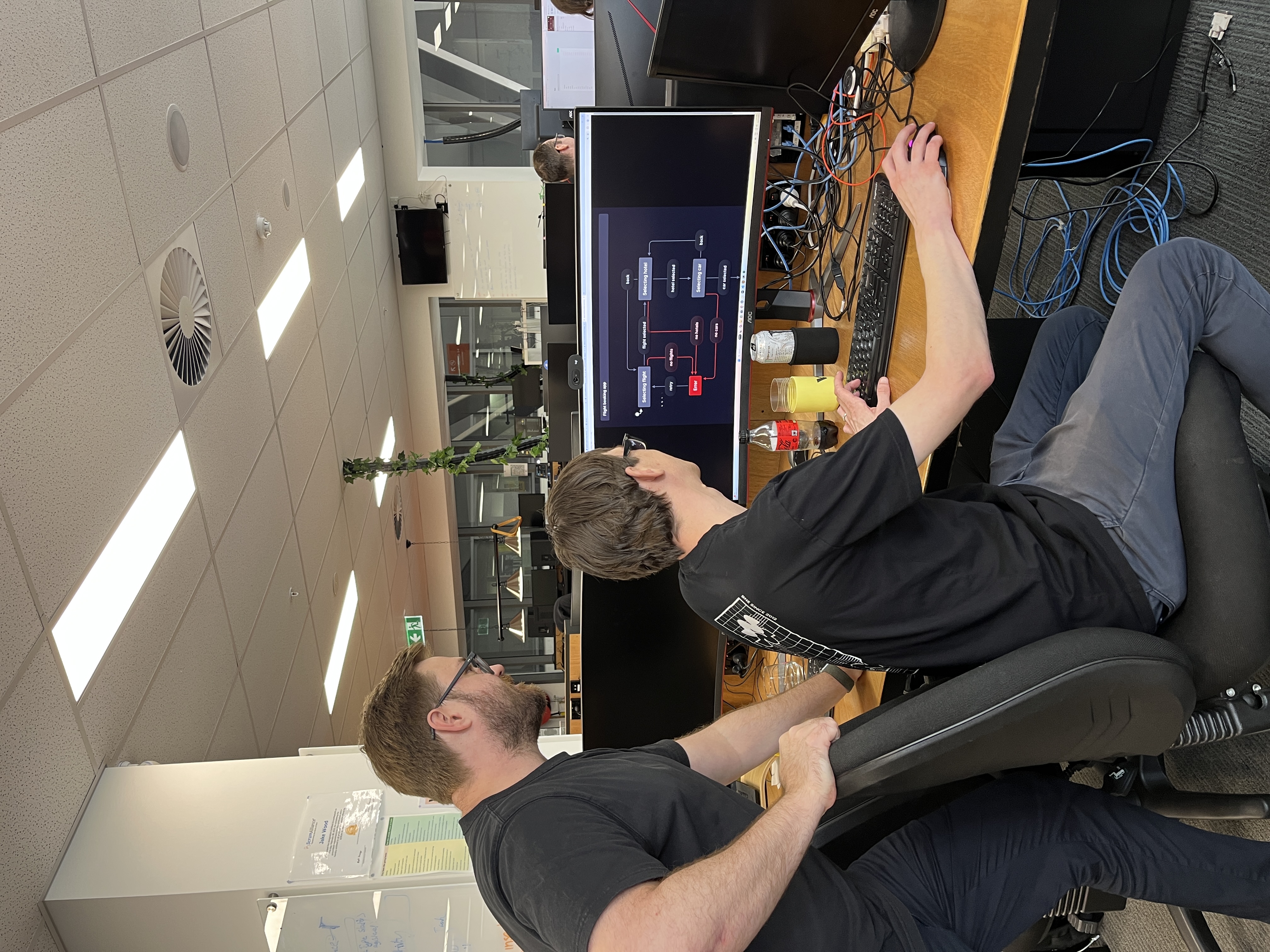
Reducing Technical Debt with State Machines
Technical debt is one of the biggest long-term risks in software projects. It often builds up through scattered logic, inconsistent design patterns, or tightly coupled systems. One effective way to combat this challenge is by transitioning from code-heavy logic to visual, structured models. That’s where state machines come in!
Why are State Machines Important to WorkingMouse?
State machines are important to us because they allow us to move away from custom logic and isolated code regions, which are areas that typically carry higher technical debt. Instead of embedding logic throughout the codebase, we model behaviour within a controllable framework. What does this mean for you? All of your workflows will be configurable and customisable in models as opposed to buried in the code, thus empowering all stakeholders.
Aside from being a workflow engine, this approach gives us many advantages: it becomes easier to link our logic to automation for testing, documentation, and control. By defining states and transitions clearly, we can simplify development and build a more predictable and consistent system.
State machines support the way we model and deliver software, which enable better structures, reduced complexity, and stronger alignment with our automation and governance practices.

An Example State Machine Model connected to a UI Model
To understand why state machines are so valuable to WorkingMouse, we’ll first look at what they are and how they work. In the rest of this article, we’ll break down core concepts like transitions, context, actions, and guards, and show how these elements support our approach to building reliable, scalable software.
What is a State Machine
A state machine is a model that represents how an actor, like a user, component, or system, transitions between different states based on incoming events. For example, a user might begin in a question state, submit positive feedback (feedback.good), and move to a thanks state. These transitions form a clear, traceable path from one outcome to another.
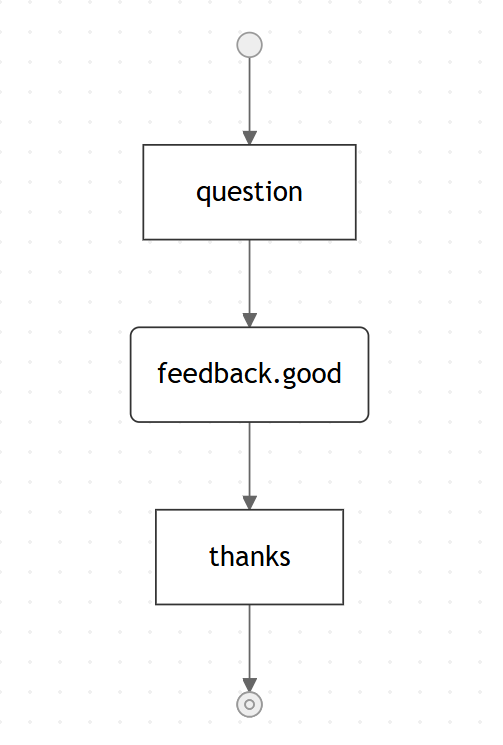
A Brief History
The roots of state machines go back to early computing pioneers. Alan Turing introduced the concept of computational state transitions through his Turing Machine in 1936. Claude Shannon and John von Neumann later formalised automata theory, which became foundational to digital systems. In the 1980s, David Harel introduced Statecharts, enabling hierarchical and concurrent state machines that became essential in software engineering.
Transitioning Between States
Transitions are the beating heart of a state machine. They occur when an event matches a defined condition within the machine. For example, from the question state, the machine may transition to thanks on a feedback.good event or to clarification on a feedback.bad event. If further clarification doesn’t resolve the issue, a transition to escalation ensures accountability.
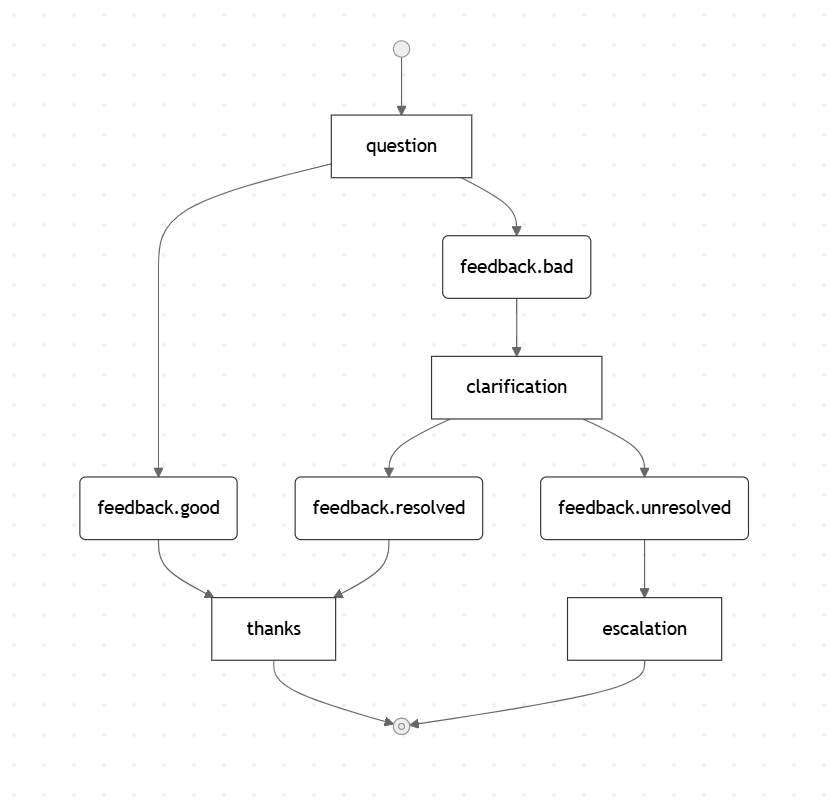
Context: Memory Within the Machine
A state machine isn’t just reactive, it can also store data. This context allows machines to retain values like usernames, preferences, or tokens. These stored variables can influence transitions and determine outcomes, adding depth and adaptability to system behaviour.
In the following example, the username has been stored in the context and can be used across the machine.

Actions: Triggering Side Effects
State machines aren’t just about moving between states—they can do things too. Actions are operations that fire during transitions, entries, or exits. When transitioning on feedback.good, a smiley.face action could be triggered to show a thank-you animation.
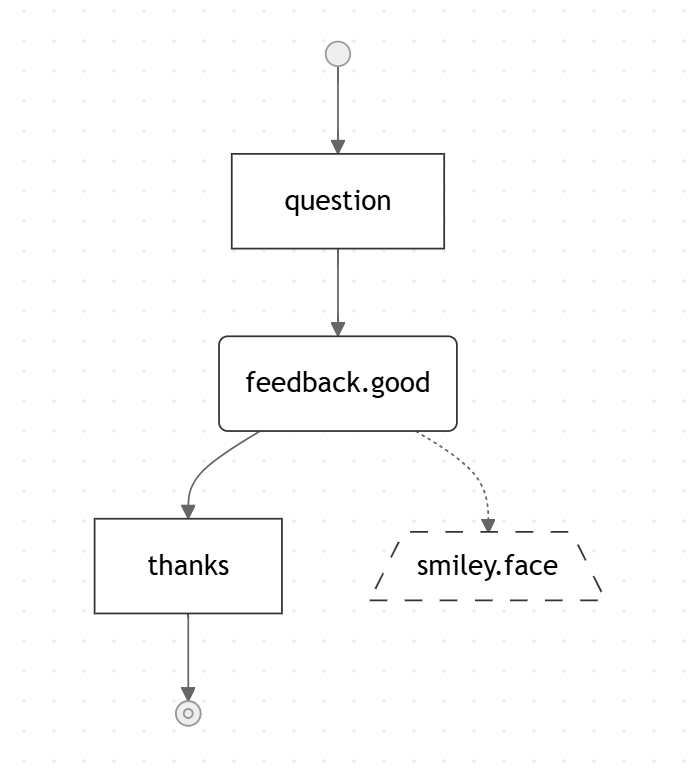
Guards: Adding Conditions to Transitions
Sometimes, transitions depend on more than just an event, they need logic. Guards are conditional checks that must evaluate to true before a transition can proceed. This adds a layer of decision-making to your machines. For example, a feedback.good event might only lead to thanks if an is.valid guard condition passes.
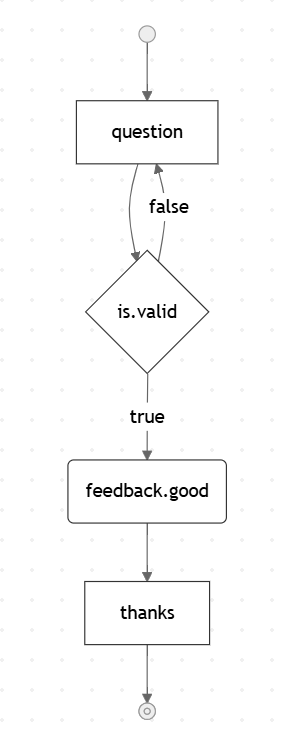
Advanced Features: Going Beyond Basics
State machines can do even more:
- Eventless transitions happen automatically when conditions are met—no event needed.
- Delayed transitions introduce time-based logic, like timeouts or delays.
- Parent states and child states allow for nesting, where sub-states are only active when their parent is.
- Parallel states enable multiple states to run at once, useful for concurrent logic.
These features make state machines a fit not just for simple toggles but also for managing complex workflows like onboarding sequences, API lifecycles, or multi-threaded processes.
Why State Machines Matter for Developers
By structuring your application logic with a state machine, you can:
- Reduce unpredictable behaviour.
- Gain clear documentation of what your system does and when.
- Make it easier to test and debug logic paths.
- Build systems that are scalable and maintainable.
These benefits give developers the ability to design systems with greater control and long-term stability.
Wrapping Up
State machines have been around for a long time, from early mechanical systems to today’s modern apps, and they’re still just as relevant. As we work on updating legacy systems and creating smoother user experiences, state machines give developers a reliable way to build software that’s more consistent, clear, and easy to manage.






